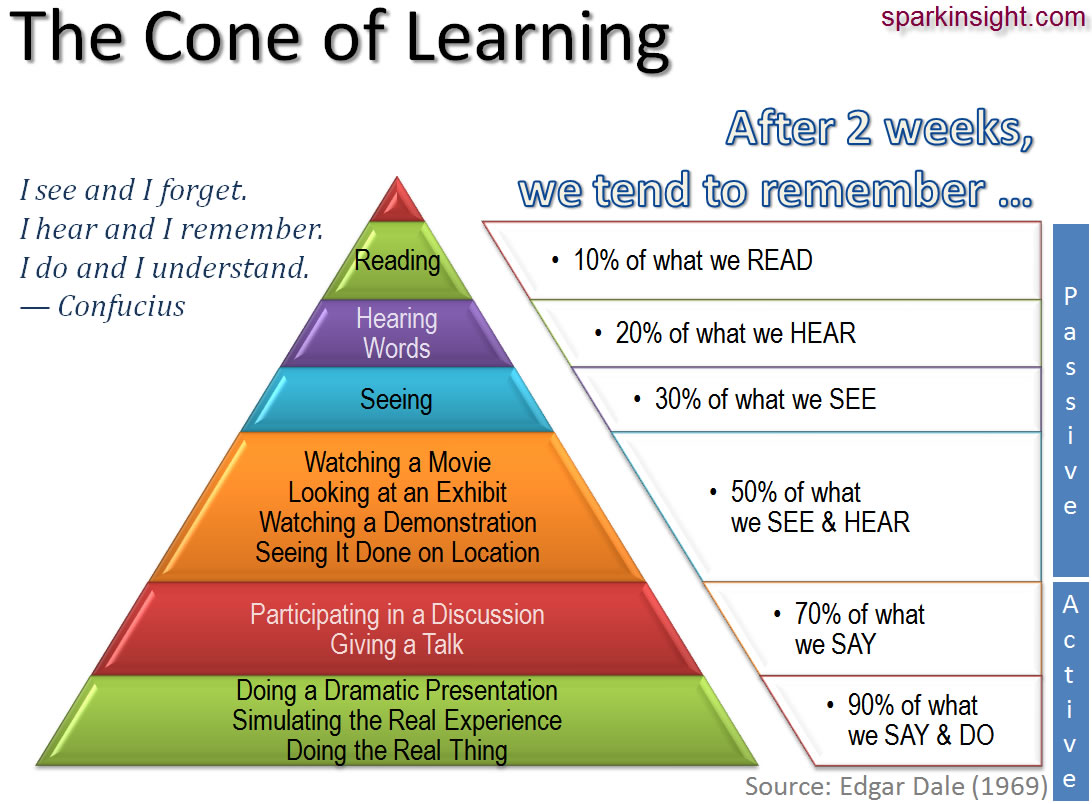A bad presentation or speech is like a donut — the central part (your audience) is missing.
To write a good presentation or speech, ALWAYS focus on your audience. (Actually, it’s a good idea to focus on your audience or readers for all your writing efforts!) I shared these tips with my students at Rider University earlier today and now I’m sharing them with you.
How to write a good presentation or speech:
Before you start outlining your presentation, ask yourself these questions:
1. Who is my audience? (Try to describe them in as much detail as possible — and “get inside their heads” if possible.)
2. What does my audience want, or what are their expectations and needs?
3. What does my audience like, dislike or fear?
4. Why did my audience invite me to speak?
5. How is my message important to my audience?
When you have the answers to the questions above, writing your presentation can be as simple as following these four steps:
1. Start with a “hook” to get your audience interested in what you’re saying. Effective “hooks” include:
– Telling a compelling story that’s interesting to your audience.
– Asking a question you want the audience to try to answer.
– Sharing an interesting or startling statistic your audience may not know.
2. After your hook/introduction, answer the “WTF” question for your audience. The “WTF” question can be translated from “What the f*@#?” to “What’s in it for me?” Your audience is asking themselves why they should care about your presentation. So, TELL THEM and give them reasons and lots of details.
3. Conclude your presentation or speech by hammering home your message(s)! Use any of these proven techniques:
– Show examples of success.
– Share “testimonials” — positive messages people have said about your subject.
– Not persuading? Use repetition. Simply repeat the key message(s) from your speech.
4. Finally, at the end of your presentation, always give some “takeaways,” like action-steps or a call-to-action telling your audience what they could or should do next. And, don’t forget to THANK your audience for their time… it’s just good manners to do so.
Do you have your own tips to share? Let us know by posting your comments here. And, THANKS for reading this post! 😉
Until next time, take care!
Kathy Magrino
